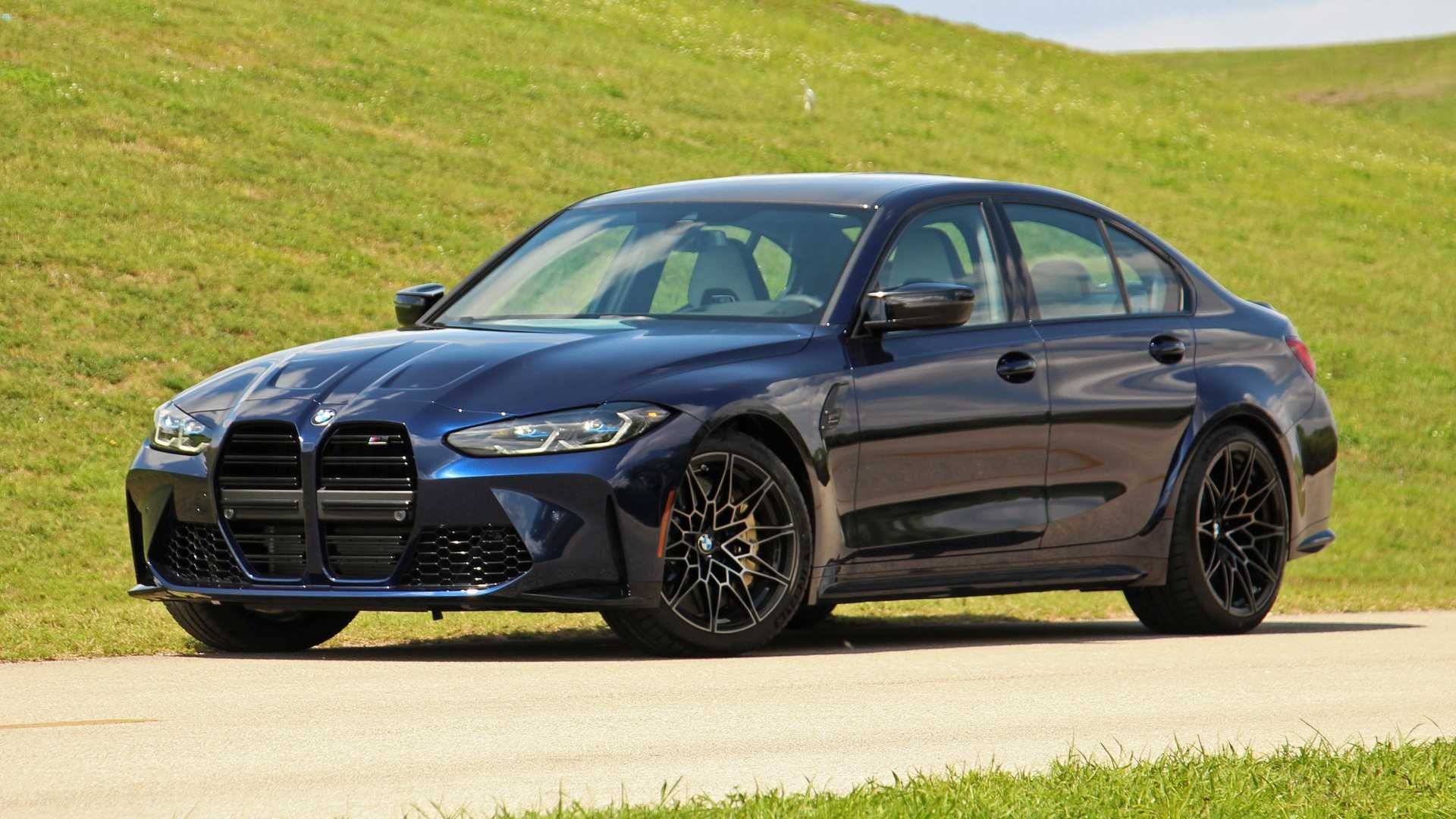Original Equipment Vs Aftermarket Tire Test May Surprise You
It's no secret that auto manufacturers and tire companies invest considerable time and resources into developing...

Original Equipment Vs Aftermarket Tire Test May Surprise You
It's no secret that auto manufacturers and tire companies invest considerable time and resources into developing tires for specific models. Many people might think this relationship benefits only tire companies, which certainly love to score lucrative supplier contracts. Jonathan Benson from Tyre Reviews decided to see if original equipment (OE) tires also benefit vehicle owners, notably those with high-performance machines in their garages.
The new BMW M3 comes from the factory wearing the much-loved Michelin Pilot Sport 4S at all four corners, but it's not the same tire you can get at your local shop. Michelin spent two and a half years developing a special version of the 4S specifically for the M3 – it's made of four different compounds versus two, the tread grooves are slightly larger, the belting is tweaked and the sidewall rigidity is different. At a casual glance you wouldn't notice anything out of the ordinary, but plenty of back-to-back laps testing both sets of tires on the same M3 shows otherwise.
The evaluation begins with the aftermarket Michelins on a dry track. It's a grippy tire for sure, but at the limit, the test revealed some vagueness in response. It caused a very slight imbalance between the front and rear of the car, and it also led to minor understeer in some situations, notably at mid-corner. Amazingly, switching to the OE Pilot Sport 4S tires erased virtually all of those complaints. The imbalance disappeared, mid-corner oversteer disappeared, and the tires felt more predictable overall. To put a final nail in the coffin, Benson's laps on the OE tires were two full seconds quicker.
On a wet track, things were a bit different. Balance was still there, but the grip on an extremely wet surface wasn't quite as good for the OE Michelins. Ultimately, the wet laps were two seconds slower, however, Benson stated the time wasn't a direct reflection on the grip level. The OE tires still felt good, but he experienced a bit more hydroplaning in deeper, standing water. On a typical wet road, he felt the OE 4S would perform much the same as the aftermarket 4S.
Why does one specific brand of tire on one specific model matter in the grand scheme of things? This might be a singular test, but it shows that development time spent on tires for specific cars can make a sizable real-world difference. To drive that point home, the video description lists 19 manufacturers with OE tire development programs in place, covering 33 models. Auto gearheads love to tweak and modify their rides, but for those who want the most out of their performance experience, perhaps the manufacturer really does know best.